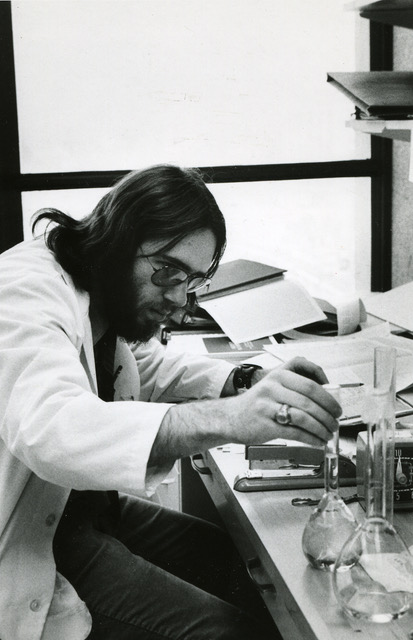Podcast: Play in new window | Download
Subscribe: Apple Podcasts | Spotify | Android | Pandora | iHeartRadio | TuneIn | RSS
Educational critical care scenarios presented in a podcast format.
Podcast: Play in new window | Download
Subscribe: Apple Podcasts | Spotify | Android | Pandora | iHeartRadio | TuneIn | RSS
Podcast: Play in new window | Download
Subscribe: Apple Podcasts | Spotify | Android | Pandora | iHeartRadio | TuneIn | RSS
We dive into the common dilemma of when to give stress-dose corticosteroids in septic shock, with Dr. David Janz, pulm/crit intensivist with a Masters of Science in Clinical Investigation, former director of the Clinical Research Unit for the critical care section at LSU, founding member of the Pragmatic Critical Care Research Group, and associate Chief Medical Officer for LCMC.
Check out the REVIVE conference here!
Learn more at the Intensive Care Academy!
Podcast: Play in new window | Download
Subscribe: Apple Podcasts | Spotify | Android | Pandora | iHeartRadio | TuneIn | RSS
We explore the fascinating intricacies and unique features of the burned critically ill patient, with Clint Leonard, NP in the burn ICU at Vanderbilt and ABLS instructor.
Learn more at the Intensive Care Academy!
Want to work at the University of Kentucky? UK’s Anesthesia Critical Care department is hosting a hiring webinar on November 20, 2025 at 4:00PM EST.
Podcast: Play in new window | Download
Subscribe: Apple Podcasts | Spotify | Android | Pandora | iHeartRadio | TuneIn | RSS
We discuss the evidence and practicalities of spontaneous breathing trials and ventilator weaning with Martin Tobin, pulmonologist and intensivist, author of seven textbooks including “Principles and Practice of Mechanical Ventilation,” researcher, and pioneer of the entire concept of SBT as well as the RSBI (or “Tobin index”).
Learn more at the Intensive Care Academy!
In Dr. Tobin’s opinion…
Podcast: Play in new window | Download
Subscribe: Apple Podcasts | Spotify | Android | Pandora | iHeartRadio | TuneIn | RSS

We explore the vagaries and nitty-gritty of drugs for seizure termination, including benzos and ASMs, with the great Tom Bleck, MD MCCM FNCS, neurointensivist, professor, and founding member of the Neurocritical Care Society.
Check out the REVIVE conference here!
Learn more at the Intensive Care Academy!
Podcast: Play in new window | Download
Subscribe: Apple Podcasts | Spotify | Android | Pandora | iHeartRadio | TuneIn | RSS
We dive into fluid resuscitation in sepsis, with Dr. Jon-Emile Kenny, pulmonary and critical care physician, author of the physiology textbook Heart-lung.org, and inventor of the FloPatch device.
Disclosures: Dr. Kenny appears here as both a clinician as well as a representative of his company and product, and should be presumed to retain a degree of bias in this discussion. However, his appearance is not part of a commercial relationship with our show; no compensation was provided, and neither he nor his company have any input in the episode’s content, nor the right to review it (or prevent its publication) after recording.
Check out the REVIVE conference here!
Learn more at the Intensive Care Academy!
Podcast: Play in new window | Download
Subscribe: Apple Podcasts | Spotify | Android | Pandora | iHeartRadio | TuneIn | RSS
We discuss propofol infusion syndrome (PRIS) and propylene glycol toxicity from lorazepam infusions, with medical toxicologist Dr. Jerry Snow, director of the toxicology fellowship at Banner University Medical Center in Phoenix.
Learn more at the Intensive Care Academy!
Podcast: Play in new window | Download
Subscribe: Apple Podcasts | Spotify | Android | Pandora | iHeartRadio | TuneIn | RSS
Brandon and Bryan mock up a goals of care discussion for a critically ill patient, and reflect on the right and wrong ways to execute this complex procedure.
Learn more at the Intensive Care Academy!
Podcast: Play in new window | Download
Subscribe: Apple Podcasts | Spotify | Android | Pandora | iHeartRadio | TuneIn | RSS
We chat about neuromuscular blockade, monitoring, and reversal in the ICU, including why sugammadex isn’t more widely used, with Sara J Hyland, PharmD, BCCCP, FCCP, researcher and clinical pharmacist in perioperative and emergency medicine.
Learn more at the Intensive Care Academy!
Podcast: Play in new window | Download
Subscribe: Apple Podcasts | Spotify | Android | Pandora | iHeartRadio | TuneIn | RSS
We chat with Leeah Sloan, PA-C, co-chair of the Critical Care APP Steering Committee for the American College of CHEST Physicians (CHEST), about the newly available CHEST critical care certification for APPs.